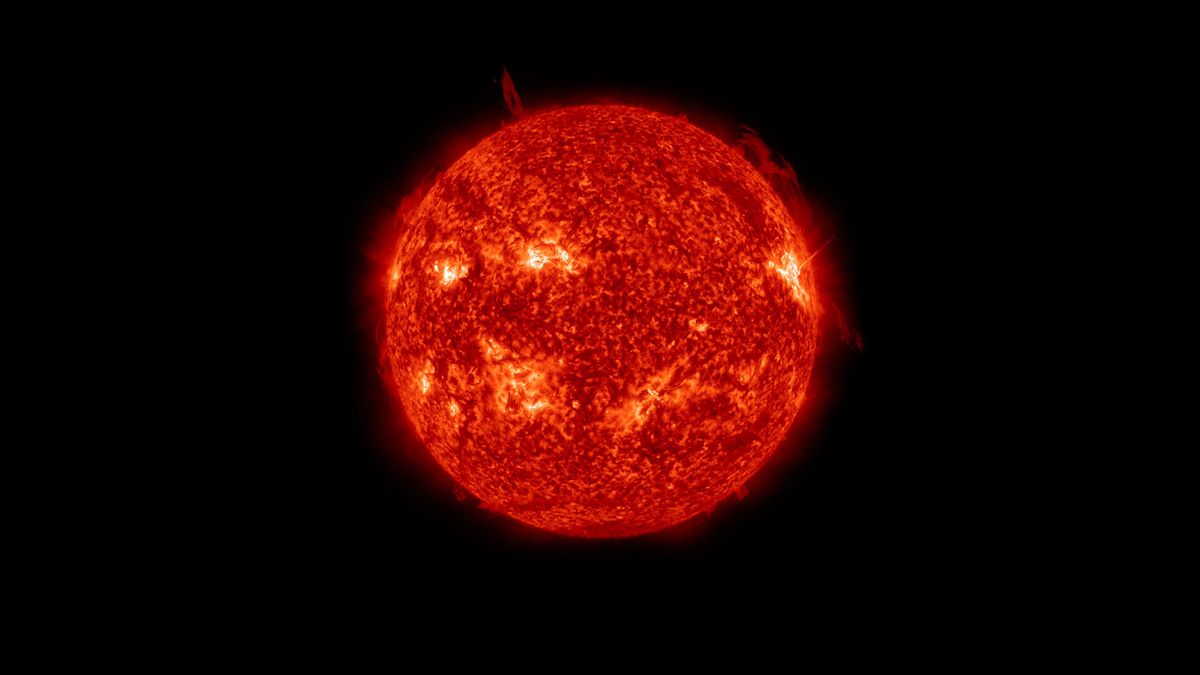Recent discoveries suggest that the sun’s radius may need to be reevaluated. Researchers measuring the sun’s radius during solar eclipses have traditionally estimated it to be around 432,468 miles (695,990 kilometers). However, new measurements from the 1990s using different methods have revealed that the sun may be slightly smaller than previously thought, with estimates ranging between 0.03% and 0.07% smaller.
A more recent study has confirmed these findings, further supporting the idea that the sun’s radius is approximately 432,337.6 miles (695,780 km), leading to a diameter of about 864,675.3 miles (1,391,560 kilometers). These new measurements have significant implications for our understanding of the sun’s internal structure and nuclear reactions.
According to Douglas Gough, an astrophysicist at the University of Cambridge, these revised measurements are crucial as they provide insights into the sun’s composition and structure, helping to avoid potential misunderstandings about its internal workings. William Chaplin, a professor of astrophysics at the University of Birmingham, echoed these sentiments, underlining the need for accurate measurements to understand the subtle elements of the sun’s composition.
Understanding the sun is of utmost importance, not just for its role as Earth’s primary source of energy, but also due to its impact on Earth’s telecommunications through magnetic storms. Ongoing missions like NASA’s Parker Solar Probe and the European Space Agency’s Solar Orbiter are dedicated to studying solar winds and the sun’s polar regions, providing valuable insight into these crucial phenomena.


